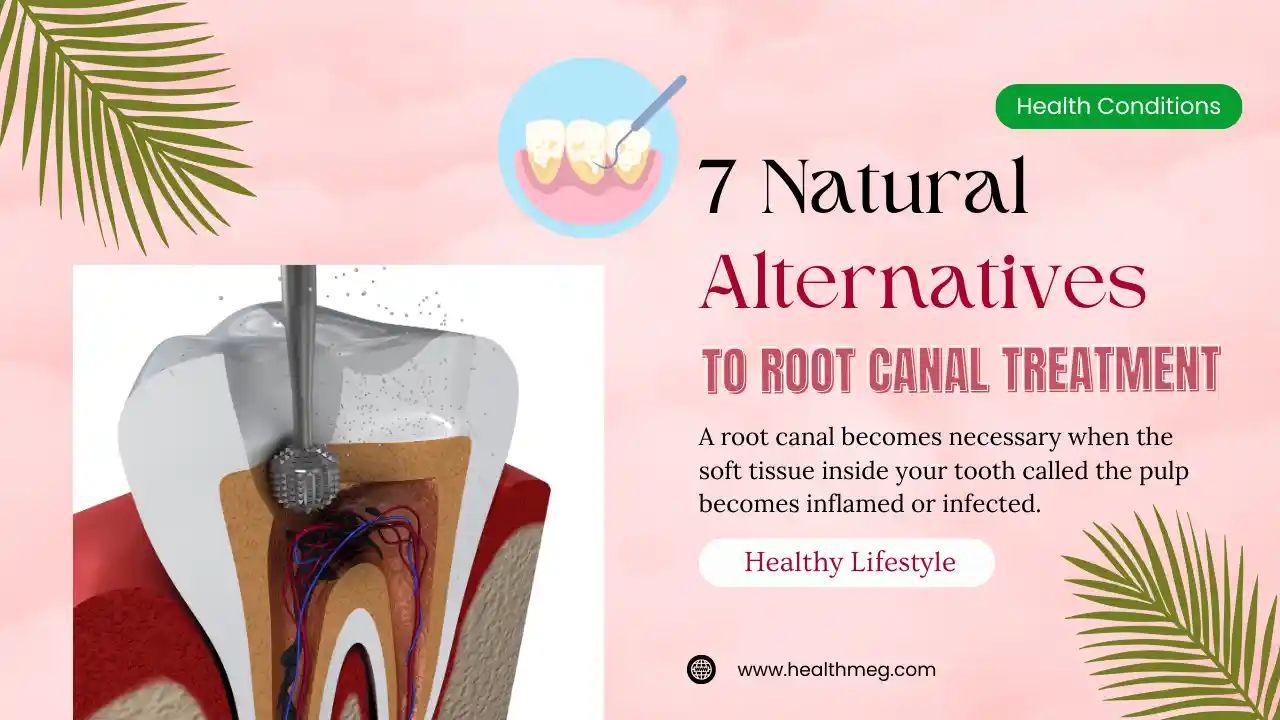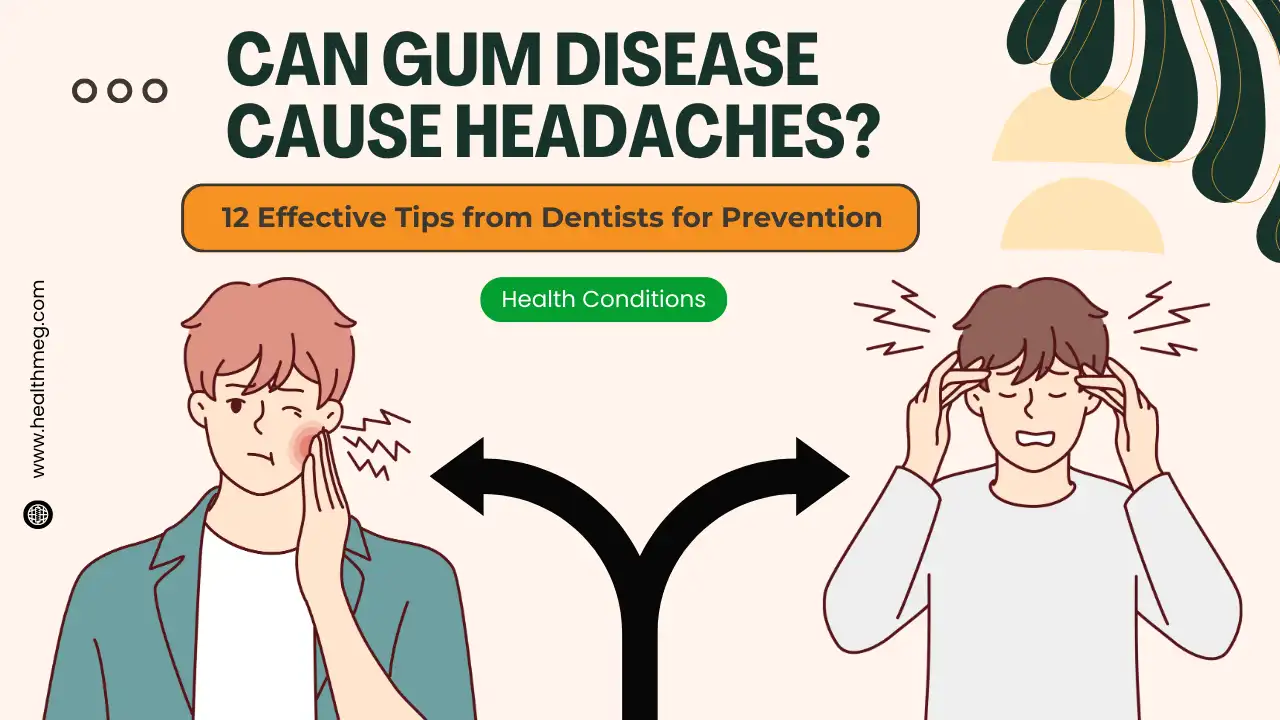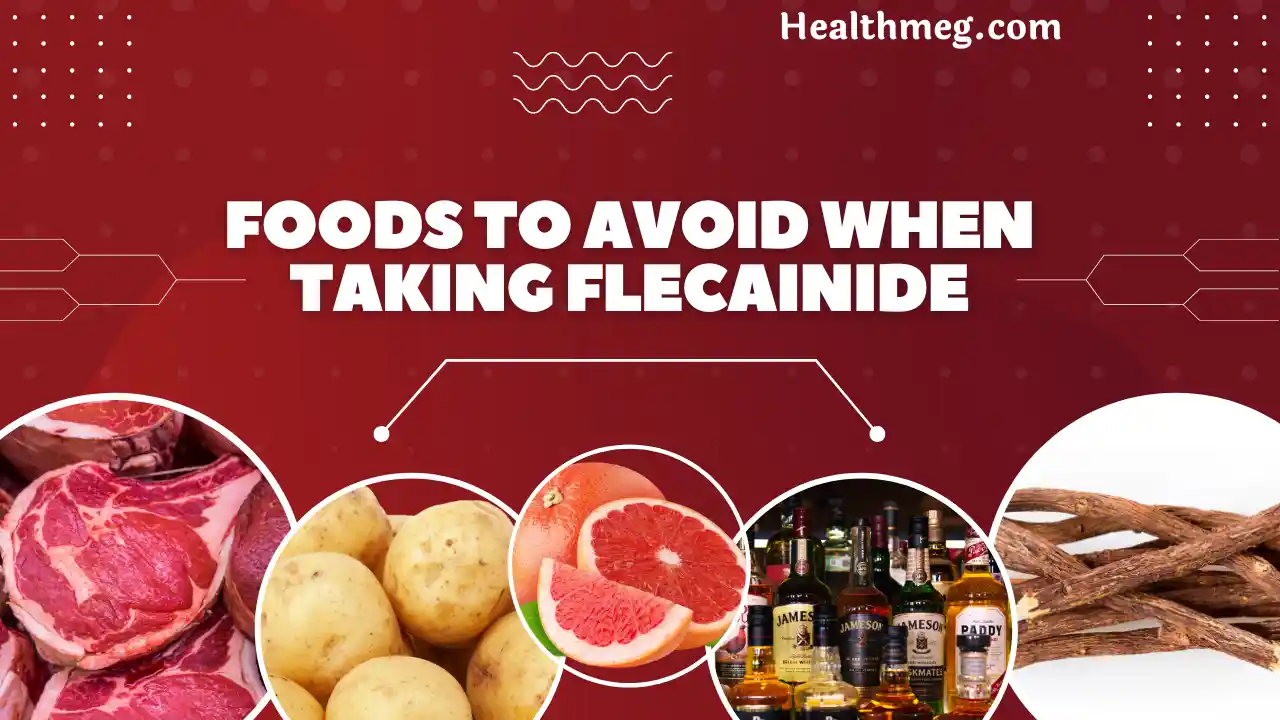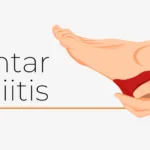Introduction
A root canal is a common dental procedure done to save an infected or damaged tooth. During a root canal, the pulp of the tooth is removed and the inside is cleaned and sealed. While root canals are often necessary, some patients want to avoid this invasive procedure and explore natural alternatives. In this comprehensive article, we will discuss what a root canal is, why you may need one, and give an in-depth look at 7 holistic alternatives you can consider before opting for a root canal.
Do Read the People Also Ask (FAQs) about this topic.
Key Takeaways
| Alternative | Key Takeaways |
|---|---|
| Direct Pulp Capping | – Attempts to preserve pulp tissue – High failure rate – Strict protocol required |
| Indirect Pulp Capping | – Avoids pulp exposure – Remineralizes tooth structure – Decay must be fully removed |
| Pulpotomy | – Removes only infected pulp tissue – Risk of future infection – For immature teeth |
| Calcium Hydroxide | – Stimulates pulp healing – Multiple applications needed – Questionable long-term success |
| Tooth Extraction | – Removes infection source – Loses natural tooth – Replacement required |
| Ozone Gas | – Disinfects tooth – Multiple treatments often needed – Long-term success unknown |
| Liquid Root Canal | – Experimental approach – Challenging protocol – Limited evidence |
Understanding Root Canals
A root canal becomes necessary when the soft tissue inside your tooth called the pulp becomes inflamed or infected. The pulp contains nerves, connective tissue and blood vessels that nourish your tooth. When it becomes infected, you may experience severe tooth pain, sensitivity to hot or cold foods, and swelling. Some of the most common causes of pulp inflammation include:
- Deep decay
- Repeated dental procedures
- A crack or chip in the tooth
- Trauma to the face that impacts the tooth
If left untreated, the infection can spread from the tooth to the bone surrounding it, causing a dental abscess. This can lead to more severe problems like bone loss, swelling in the face and jaw, and even systemic infection. A root canal is performed by a dentist to remove this infected or inflamed pulp. The canal is cleaned and sealed to prevent further infection. The tooth can then be restored with a filling or crown.
While root canals have a bad reputation for being painful, modern techniques make the procedure itself quite tolerable for most people. The key is addressing the problem before the infection worsens. However, some patients still wish to avoid root canal treatment and desire a more natural approach. Let’s look at some of the most popular alternatives.
The Need for Alternatives
Why would someone want to avoid a root canal, even if their dentist says it’s the best treatment option? There are a few reasons why natural alternatives are enticing:
- Fear of the procedure – Root canals have a reputation for being painful thanks to outdated techniques. Some fear dental procedures in general.
- Concerns over toxicity – Modern root canals often use chemicals and fillers that some believe could have toxic effects on the body over time. The materials may include rubber, plastic resins, or metals like nickel.
- Root canals may not prevent the need for extraction – In some cases, a root canal does not completely solve the problem, and ultimately the tooth needs to be extracted anyway if infection persists.
- Desire to preserve the tooth – Root canals require removing and sealing the tooth’s centre. Some patients wish to explore ways to keep their natural teeth intact.
- Medication concerns – Certain antibiotics or pain medications used before or after a root canal may cause problems for some patients with allergies or sensitivities.
Of course, in many situations, a root canal is still the best option to salvage a damaged tooth and prevent the spread of infection. But for those who wish to avoid this conventional treatment, natural alternatives deserve consideration. Let’s explore some of the top options.
Natural Alternatives to Root Canal Treatment
Here is a detailed exploration of each alternative:
1. Direct Pulp Capping
This procedure involves placing a biocompatible agent directly on the exposed dental pulp. The agent, often calcium hydroxide or Mineral Trioxide Aggregate (MTA), promotes healing and regeneration of the pulp tissue. However, this method has a high risk of failure (up to 60%) and can irritate healthy pulp tissue, causing inflammation. It’s not suitable for badly decayed or infected teeth.
Pros:
- It is less invasive than a full root canal procedure
- Preserves tooth vitality and some pulp tissue
- Allows continued root development in immature teeth
Cons:
- High risk of failure (up to 60% fail)
- Can irritate healthy pulp tissue and cause inflammation
- Not suitable for badly decayed or infected teeth
Expert Advice: “Direct pulp capping can be attempted for small mechanical pulp exposures in mostly healthy teeth,” says Dr. Mark Wilson, endodontist. “Strict isolation, disinfection, and capping protocol must be followed to ensure the material does not adversely affect the remaining vital pulp.”
2. Indirect Pulp Capping
In this procedure, a protective liner is placed over deep decay near the pulp chamber without direct pulp exposure. This liner, often calcium hydroxide, MTA, or glass ionomer, helps remineralize and harden the damaged tooth structure. However, if the decay is too deep and can’t be fully removed, it can be detrimental to the pulp.
Pros:
- Avoids exposing the dental pulp
- Helps remineralize and harden damaged tooth structure
- Avoids irritation of direct pulp exposure
Cons:
- Detrimental if decay is too deep and can’t be fully removed
- The pulp may become inflamed or irreversibly damaged over time
Expert Advice: “Success depends on properly removing all soft and infected decay before applying an indirect pulp cap,” advises Dr Jane Doe, general dentist. “This can help re-harden the remaining tooth structure.”
3. Tooth Extraction
Removing the tooth eliminates the infected pulp. However, the loss of a natural tooth can lead to jawbone density loss over time and nearby teeth may shift.
Pros:
- Immediately removes the source of infection
- No need to save or treat the tooth
Cons:
- Loss of a natural tooth
- Jawbone density loss over time
- Nearby teeth may shift
Expert Advice: “Extraction is a last resort but sometimes necessary,” says Dr. Mark Wilson, dentist. “Replacing the missing tooth is crucial to maintain proper bite alignment.”
4. Ozone Gas Treatment
Ozone gas is used to disinfect the tooth and oral tissues due to its antimicrobial properties. However, multiple applications are needed and the proper isolation technique is mandatory. The long-term success rate is unknown.
Pros:
- It is less invasive than drilling
- Ozone reduces bacterial load
- Improves local oxygen supply
Cons:
- Multiple applications needed
- Proper isolation technique is mandatory
- Long-term success rate unknown
Expert Advice: “Ozone therapy can be useful for disinfection but effects may not be lasting without addressing the cause,” advises Dr. Steve Matthews, biological dentist.
5. Pulpotomy
In this procedure, the pulp chamber is opened and inflamed or infected coronal pulp tissue is removed. Healthy radicular pulp tissue in the canals is left intact. However, there’s a risk of recurring infection in the future and a possible need for future root canal treatment.
Pros:
- Preserves vital pulp tissue in the root canals
- Avoids the complete removal of pulp tissue
- Can help immature teeth continue to develop
Cons:
- Risk of recurring infection in the future
- Possible need for future root canal treatment
- Tooth devitalization over time
Expert Advice: “Proper case selection is key for pulpotomy success,” says Dr Mark Wilson, regenerative dentist. “Best reserved for young patients with deep decay but no irreversible pulpitis or infection.”
6. Calcium Hydroxide Treatment
Calcium hydroxide, an alkaline material, can stimulate pulp healing and hard tissue repair when placed over exposed vital pulp tissue for a short term. However, it requires multiple applications over several months and the material may wash out over time.
Pros:
- Stimulates pulp cells to induce healing
- Antibacterial against residual bacteria
- Promotes dentin bridge formation
Cons:
- Requires multiple applications over several months
- Material may wash out over time
- Questionable long-term success rate
Expert Advice: “Calcium hydroxide can be used short term to encourage pulp healing,” advises Dr. Laura Lee, endodontist. “But ongoing observation is needed to ensure success.”
7. Liquid Root Canal Therapy
This experimental approach uses liquids like sodium hypochlorite to flush out infected pulp tissue. However, it’s still in the experimental stages and the long-term success rate is unknown.
Pros:
- Avoids traditional root canal drilling
- Uses body-friendly solutions
- May stimulate stem cell growth
Cons:
- Still highly experimental
- The protocol is challenging and technique-sensitive
- Limited evidence on long-term outcomes
Expert Advice: “While an intriguing concept, liquid-based pulp regeneration is still in its infancy,” says Dr. Laura Lee, endodontic researcher. “Much more study is needed.”
Please consult with a dental professional before making any decisions about your oral health.
Preventing the Need
Alongside considering alternatives to root canals, prevention is ideal to avoid getting to that point. Here are some key tips for keeping the dental pulp healthy and free from inflammation and infection:
- Maintain a non-acidic, low-sugar diet. Avoid frequent snacking.
- Brush twice daily with fluoride toothpaste and floss once per day.
- Use antibacterial mouth rinses. Spit them out rather than swallowing.
- Rinse with salt water or baking soda solution to neutralize acid.
- Get dental cleanings and checkups every 6 months.
- Address symptoms early before they progress.
- Wear a custom mouthguard if you grind your teeth.
- Ask your dentist about sealants if prone to cavities.
Conclusion
Root canals are often performed to save an infected or severely damaged tooth. However, patients today have more options available as alternatives to conventional root canal treatment. Some of these alternatives aim to prevent the need for a root canal in the first place, while others offer more natural ways to clear infection and assist healing.
When evaluating your options, have an open discussion with your dentist. Together you can determine the best solution based on your unique situation and dental needs. With modern techniques, even root canal treatment may be less invasive and traumatic than in the past. Don’t decide out of fear, but rather seek the treatment that will provide you with the healthiest tooth possible.
People Also Ask (FAQs)
Here are the FAQ questions and answers:
Q) How can I avoid root canal treatment naturally?
A) Some natural ways to potentially avoid a root canal include improving your diet by limiting sugar and acidic foods, practising good oral hygiene habits like brushing twice a day and flossing, using antibacterial mouthwashes, addressing gum disease, taking vitamins like C, D, and K2, and seeing your dentist regularly for checkups and early intervention of issues.
Q) Is there anything you can do instead of a root canal?
A) Alternatives to consider before getting a root canal include ozone therapy, dental lasers, pulp capping, regeneration techniques, herbal medicines, homoeopathy, and nutrition/lifestyle changes. However, these should be discussed with your dentist as they may not be appropriate in all cases of deep decay or pulp inflammation.
Q) How can I heal my tooth without a root canal?
A) Some ways to help your tooth heal without a root canal include ozone therapy to disinfect the interior of the tooth, laser treatments to sanitize the tooth and stimulate healing, pulp capping to remove only damaged pulp tissue while preserving the healthy tissue, and dietary and oral hygiene improvements to prevent the need for treatment. Success depends on the extent of infection and damage.
Q) What if I don’t want a root canal?
A) Speak to your dentist about your concerns and desire to avoid a root canal. They can discuss alternative options like extraction, pulpotomy, pulp capping, ozone therapy, or laser treatment that may be appropriate. If your tooth is severely infected, a root canal or extraction may still be the best option to prevent bigger problems.
Q) Can root canals be cured naturally?
A) There are no proven natural cures that can resolve a severe tooth infection or exposed dental pulp as effectively as a root canal. But some supportive natural therapies include ozone gas, herbal tinctures, homoeopathy, and dietary changes to help fight bacteria and reduce inflammation. These shouldn’t replace professional treatment.
Q) What is the safest alternative to a root canal?
A) The safest alternative will depend on your unique case. Discuss options like dental lasers, ozone therapy, pulpotomy and natural remedies with your dentist to determine if they may be appropriate and effective. Extraction is the only guaranteed alternative but it results in tooth loss.
Q) What is better than a root canal?
A) The best solution is the one that addresses your specific dental issue while preserving your natural tooth safely and effectively. Newer treatments like lasers, ozone therapy and regeneration techniques show promise but have limited evidence. Prevention through good oral health habits is ideal to avoid needing any treatment.












